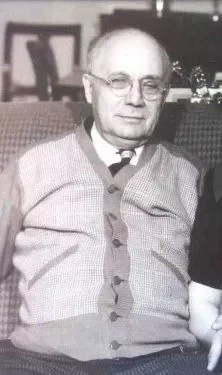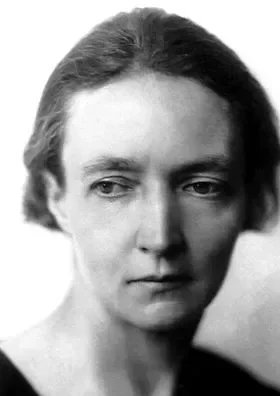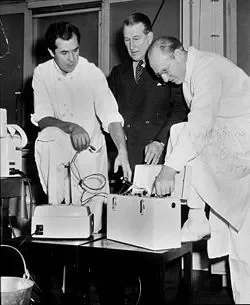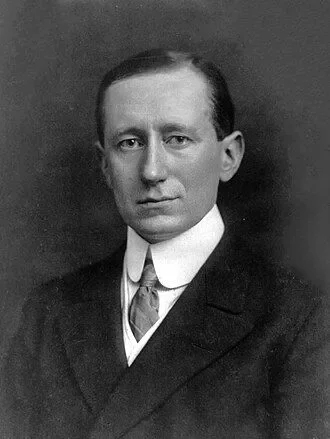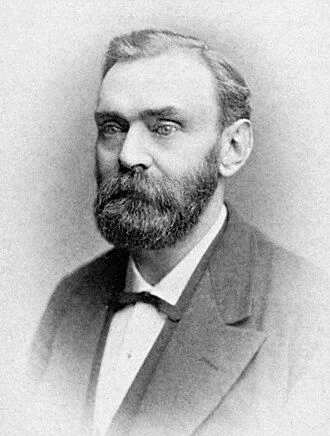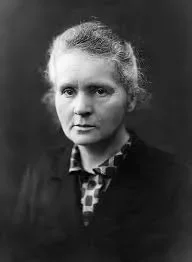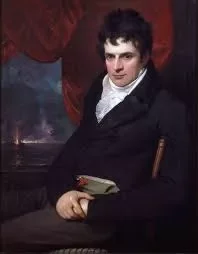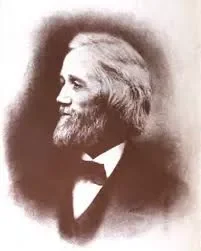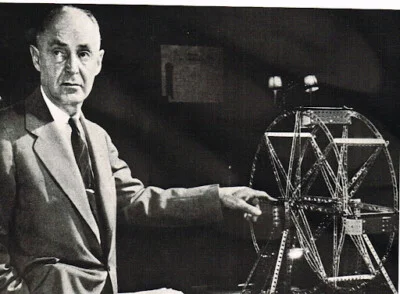Real Celebrities Never Die!
OR
Search For Past Celebrities Whose Birthday You Share
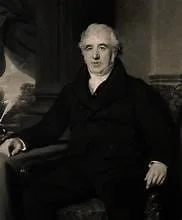
source:tse1.mm
Charles Macintosh
Birthday:
29 Dec, 1766
Date of Death:
25 Jul, 1843
Cause of death:
Influenza
Nationality:
Scottish
Famous As:
Chemist
Age at the time of death:
76
Introduction
The renowned Scottish chemist and inventor, Charles Macintosh (1766-1843), is recognized for his work in waterproofing and inventing the first practical waterproof clothing known as the Macintosh. Both textile manufacturing and outdoor attire were changed forever because of his contribution.
Early Life and Education
Macintosh was born on December 29, 1766, in Glasgow, Scotland, to a wealthy merchant. His education at the beginning took place in Glasgow where he was particularly enthusiastic about chemistry. Initially, he worked with his father, from whom he gained experience as a businessman, although over time, his developing interest in science led him to concentrate more on chemistry.
Early Career and Experiments
In 1794, Charles Macintosh joined a Glasgow-based chemical company and began experimenting with various substances. This involved improving the properties of textiles, especially their resistance to water. The idea of making clothing resistant to wet conditions was driven by the need for long-lasting attire that could withstand harsh weather conditions such as rain, which is typical of Scotland.
The Breakthrough in Waterproofing
The breakthrough came in 1823 when Macintosh discovered how to make fabric water-resistant using a rubberized coating. The process involved dissolving rubber into a solvent called naphtha before smearing it onto materials such as clothes. This technique allowed him to form a sealant that could be attached to any textile, thus creating flexible garments that did not soak up water but rather kept it off.
Charles Macintosh's Quote's
Invention of the Macintosh Raincoat
The invention of the Macintosh raincoat was a major leap in both fashion and utility. It was made using a material that is covered with this rubber solution, which protected against weather conditions while maintaining the comfort as well as the aesthetics of the cloth. The rapid popularity of Macintosh’s coat for its efficiency and usability heralded it as an exceptional revolutionary product in outdoor wear.
Contributions to Science and Industry
Moreover, Macintosh emphasized the importance of applying scientific methods to production and manufacturing processes, aside from his works on making fabric waterproof. His experiments and improvements constituted building blocks for the future development of synthetic materials and coatings, influencing textile technology for years to come.
Challenges and Legacy
Macintosh had difficulties in commercializing his invention despite its success. Early industrialized rubber-coated fabrics were marred by low durability; besides, the solvent smell caused irritation. However, his work laid a foundation for subsequent advancements in waterproofing technologies as well as materials sciences.
His innovations went beyond inventions. He contributed significantly towards chemistry and material science, thus setting the stage for later breakthroughs in textiles manufacturing. To date, quality rainwear is still referred to by different names like “Macintosh” or “Mackintosh.”
Death and Lasting Impact
Charles Macintosh died on July 25, 1843, in Glasgow. His legacy is a recognition of his inventiveness and his role in textile technology. The Macintosh raincoat honors his creative spirit as well as his common-sense approach to problem-solving, which has remained a symbol of innovation in protective clothing.
In essence, Charles Macintosh’s life and work are an embodiment of science and practical application intersecting. His introduction of waterproof raincoats not only met an urgent need but also set a pattern for future development in textiles and materials, consequently leaving a permanent imprint on both industries.
Name:
Charles Macintosh
Popular Name:
Charles Macintosh
Gender:
Male
Cause of Death:
Influenza
Spouse:
Place of Birth:
Glasgow, Scotland
Place of Death:
Near Glasgow, Scotland
Occupation / Profession:
Personality Type
Virtuoso: Bold and practical experimenters, masters of all kinds of tools. Known for his practicality, innovative mindset, and problem-solving abilities.
The Mackintosh raincoat is named after him.
His invention was initially problematic due to temperature sensitivity, solved later by vulcanized rubber.
Google celebrated his 250th birthday with a Google Doodle in 2016.
Invented the first waterproof fabric in 1823
Elected as a Fellow of the Royal Society in 1823
